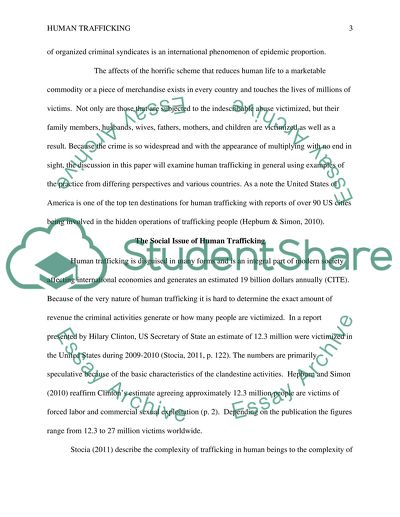Cite this document
(“Error”, n.d.)
Retrieved from https://studentshare.org/sociology/1397015-crime
Retrieved from https://studentshare.org/sociology/1397015-crime
(Error)
https://studentshare.org/sociology/1397015-crime.
https://studentshare.org/sociology/1397015-crime.
“Error”, n.d. https://studentshare.org/sociology/1397015-crime.


